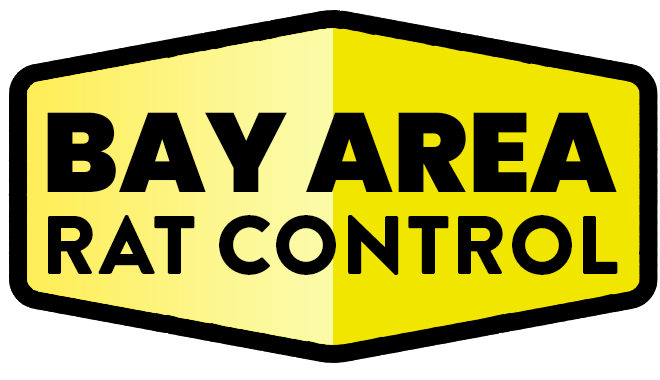Opening Thoughts
For commercial property owners, preventing rat infestations is critical to maintaining a safe and appealing environment for tenants, employees, and customers. Preventative rat control services provide proactive measures to protect your property, reduce pest-related costs, and ensure compliance with health and safety regulations. This guide outlines the key components of preventative rat control services tailored for commercial properties.
Why Preventative Rat Control is Essential
1. Protects Your Investment
- Rats can cause significant damage to infrastructure, wiring, and insulation, leading to costly repairs.
- Prevention minimizes the risk of recurring infestations that can devalue your property.
2. Ensures Regulatory Compliance
- Health codes require commercial spaces to be pest-free.
- Preventative services help you stay compliant and avoid fines or closures.
3. Maintains Tenant Satisfaction
- A rat-free property builds trust with tenants and reduces complaints.
- Protects businesses operating within your property from reputational harm.
Key Components of Preventative Rat Control Services
1. Regular Inspections
- Comprehensive Assessments:
- Inspect the property’s interior and exterior for potential vulnerabilities.
- Focus on high-risk areas like trash rooms, basements, and utility spaces.
- Advanced Detection Tools:
- Use motion-sensor cameras, tracking powder, and rodent activity monitors.
2. Exclusion and Sealing
- Identify Entry Points:
- Locate gaps, cracks, and holes in walls, foundations, and roofs.
- Seal Vulnerabilities:
- Use durable materials like steel wool, metal mesh, and caulk to block access.
- Structural Reinforcements:
- Repair damaged doors, windows, and vents to maintain a secure perimeter.
3. Sanitation and Waste Management
- Daily Cleaning Protocols:
- Establish routines for cleaning common areas, including kitchens and trash rooms.
- Waste Handling:
- Provide sealed, rat-proof bins for tenants and ensure timely waste removal.
- Outdoor Maintenance:
- Regularly clean and secure dumpsters located near the property.
4. Baiting and Monitoring
- Tamper-Resistant Bait Stations:
- Strategically place bait stations in discreet, high-risk areas.
- Trapping Systems:
- Use electronic or multi-catch traps to capture rats before they can establish nests.
- Real-Time Monitoring:
- Install smart traps and tracking systems for continuous oversight of rat activity.
5. Employee and Tenant Education
- Awareness Campaigns:
- Inform tenants and staff about their role in preventing infestations.
- Best Practices:
- Provide guidelines on proper food storage, waste disposal, and reporting signs of rats.
Advanced Preventative Techniques
1. Integrated Pest Management (IPM)
- Combines multiple prevention methods, such as exclusion, monitoring, and sanitation, into a unified strategy.
- Reduces reliance on chemical treatments for a more sustainable approach.
2. Digital Pest Control Systems
- Use technology to monitor and manage rat activity remotely.
- Receive alerts and data-driven insights for quick action.
3. Regular Professional Maintenance
- Schedule quarterly or semi-annual pest control treatments to address emerging risks.
- Keep a detailed record of pest control efforts for compliance and liability purposes.
Benefits of Preventative Rat Control Services
1. Cost Savings
- Preventing infestations is significantly less expensive than dealing with established rat populations.
- Reduces long-term expenses for repairs and emergency treatments.
2. Enhanced Reputation
- A pest-free property attracts high-quality tenants and enhances your property’s appeal.
- Builds trust with clients and partners operating within the property.
3. Long-Term Peace of Mind
- Knowing that your property is proactively protected allows you to focus on other priorities.
Common Mistakes to Avoid
- Delaying Action:
- Ignoring minor signs of rat activity can lead to larger, costlier infestations.
- Overlooking Structural Issues:
- Small cracks or gaps can become major vulnerabilities if not addressed promptly.
- Neglecting Tenant Communication:
- Failing to involve tenants in prevention efforts reduces the effectiveness of the overall strategy.
Costs of Preventative Rat Control Services
Factors Influencing Costs
- Property Size: Larger properties require more resources for inspection and treatment.
- Service Frequency: Quarterly or semi-annual plans can affect pricing.
- Advanced Technology: Incorporating smart traps or digital monitoring may increase initial costs but offer long-term savings.
Typical Costs
- Initial Inspection: $300–$600.
- Quarterly Maintenance Plans: $800–$2,500.
- Digital Monitoring Systems: $1,500–$4,000 for installation and ongoing management.
When to Seek Professional Services
- Prevention Priority:
- If you want to avoid infestations entirely, professional preventative services are ideal.
- High-Traffic Properties:
- Commercial spaces with significant foot traffic or waste production need ongoing protection.
- Compliance Needs:
- Ensure your property meets health and safety standards with professional expertise.
Final Thoughts
Preventative rat control services provide commercial property owners with peace of mind, safeguarding their investments and maintaining tenant satisfaction. By focusing on exclusion, sanitation, and advanced monitoring, these services ensure long-term protection against infestations. Partnering with a reliable pest control provider is the key to keeping your property rat-free and in excellent condition.
Relevant Links/Sources:
Preventative Pest Control Services – NPMA
Integrated Rodent Management for Commercial Properties – CDC
Comprehensive Pest Prevention Plans – PestWorld
